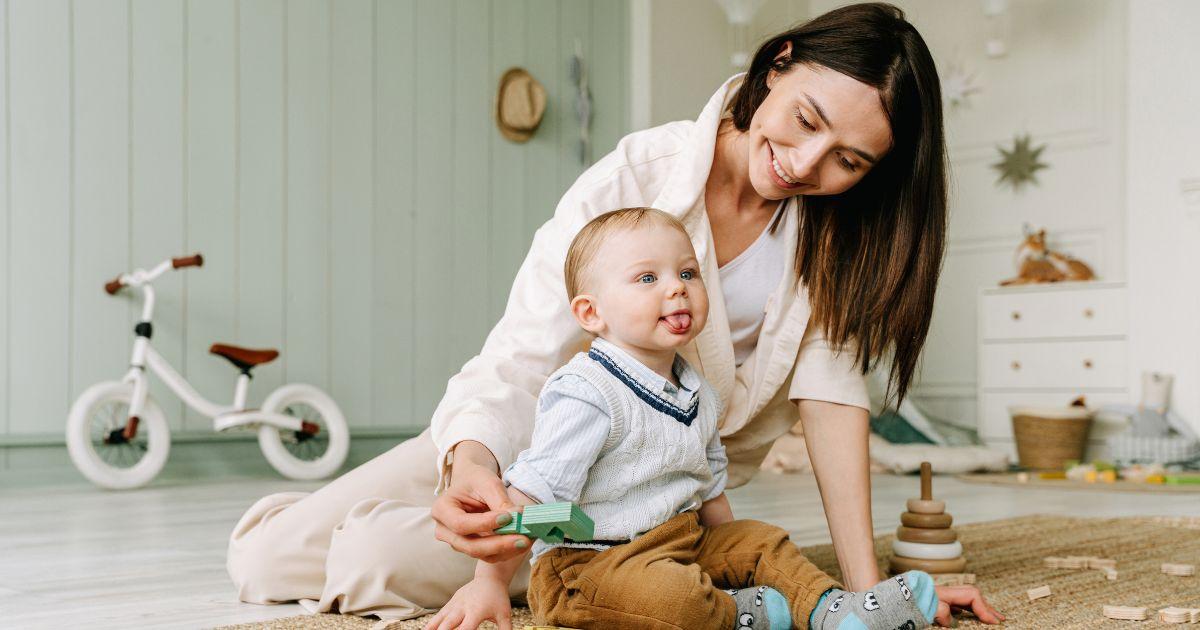10 Must-Have Essentials Every Family Caregiver Should Keep at Home for Child Safety
June 12, 2025 • 5 min read

Table of Content
Introduction: Why Preparedness Matters in Child Care
Parenting calls for flexibility in everything. Accidents can happen in a few seconds, especially involving young children. Family caregivers must always be alert and have the correct safety items at home. Basic tools with significant influence are baby gates, outlet covers, and first-aid kits.
These technologies help caretakers avoid injury and react quickly to crises. Having supplies is simply one component of being ready; another is creating safe surroundings where children can grow and explore free from unnecessary risk. Making plans lets caregivers spend more time with the child and less time worrying about possible issues. Safety starts right here at home.
Safety Gates and Cabinet Locks
Any house with young children has to feature safety gates and cabinet locks. These items help caregivers to secure off-hazard areas, including kitchens, stairwells, and storage areas for dangerous chemicals. Toddlers' natural curiosity and passion for learning help them to find themselves in hazardous situations easily. Safety gates let caretakers prevent children from entering rooms containing hot or sharp objects or from climbing stairs. Cabinet locks safely out of reach of sharp tools, drugs, and cleaning materials. These simple barriers not only make the surroundings safer but also enable children to walk around safely and give peace of mind to their caregivers.
First Aid Kit for Kids
Quickly treating minor injuries depends on a well-filled first aid bag. Caregivers should keep a digital thermometer, tweezers, age-appropriate fever medication, child-friendly bandages, and antiseptic wipes at home. Having the right tools on hand helps one to treat minor cuts, scrapes, or bruises children often experience while playing. Designed especially for young children, a first aid bag ensures that the items are safe and the correct size. Having everything in one handy place greatly saves time in an emergency. Having the proper first aid tools on hand helps caregivers stay calm and respond with confidence when mishaps happen.
Outlet Covers and Corner Guards
For homes with young children, basic but vital safety gear include corner guards and outlet covers. Curious infant fingers kept away from exposed electrical outlets reduce the likelihood of electrical shocks. Corner guards help prevent children from getting injured should they fall or run over tables, bookcases, or other furniture by smoothing their harsh edges. Living rooms and play areas where children spend most of their time depend mainly on these safety devices; including these safety elements results in safer surroundings where kids may explore and play free from concern for possible dangers.
Smoke and Carbon Monoxide Detectors
Given their ability to save lives, every family caregiver should have a smoke and carbon monoxide monitor in their house. These alarms provide early warnings about fires or dangerous gas leaks, therefore allowing caregivers to respond quickly to safeguard children. It's imperative to install them in places like kitchens, hallways, and bedrooms—places with more risks. Caregivers should make sure the alarms are running as they should and replace the batteries if needed every month. If these detectors are kept in good working condition, they provide constant security even while everyone is sleeping. Developing a safe home starts with being able to see risk early on and act fast.
Non-Slip Mats and Bath Safety Tools
For small toddlers, toilets can be dangerous since moist surfaces usually cause slips and falls. Carers should lay non-slip carpets inside bathtubs and on bathroom flooring to reduce the possibility of events. Bath grips and tap covers also help young people with a consistent area to hold and protect them from sharp or pointed fittings. These simple devices allow you to have safer and more comfortable bath time. By ensuring the bathroom has the required safety gear, caretakers may prevent common injuries and provide a worry-free environment where children can enjoy their everyday activities without additional hazards.
Emergency Contact List
An emergency contact list is a basic yet functional safety item every family carer should have at home. This list should contain the child's pediatrician's phone numbers, poison control, the closest hospital, and local emergency agencies. Keep the list in a conspicuous place, such as next to the phone or on the refrigerator, so that it may be easily found in an emergency. Having fast access to these figures saves time and enables carers to react fast in an emergency. Having this knowledge on hand can make a big difference when every second matters by offering fast assistance and clear directions should an emergency strike.
Childproof Storage for Medicines and Cleaning Supplies
Sharp objects, cleaning supplies, and medications must always be stored in a childproof manner. Curious kids can easily open drawers or cupboards that aren't securely fastened. To keep these dangerous objects out of reach and out of sight, caregivers should utilize safety latches or locked cabinets. Accidental poisoning or injuries can be avoided by properly storing hazardous materials. Placing these products on high shelves is insufficient because kids can always find a way to climb. A strong safety measure that helps shield kids from significant danger while giving caregivers peace of mind when handling domestic chores is proper child proof storage.
Age-Appropriate Toys and Books
A straightforward method to promote both safety and healthy development is to keep a range of age-appropriate toys and books in your home. Children are less likely to handle hazardous objects or explore hazardous locations when they have safe, entertaining playthings. Age-appropriate toys help youngsters learn and develop while maintaining their interest. Books promote peaceful, concentrated time and help form good habits at a young age. These resources provide children with the proper stimulus, which lowers dangerous behavior. Offering safe play alternatives to children helps caregivers create a more secure, kid-friendly home environment where children may flourish and streamline everyday routines.
Baby Monitor or Camera System
For parents of young children, a baby monitor or video system is a valuable safety tool. Without having to inspect the room constantly, caregivers can monitor the child's activities and rest periods. In addition to providing prompt updates in the event that the child wakes, cries, or shifts into a risky position, this helps prevent accidents. Monitors, whether audio or video, provide comfort while caregivers attend to other activities in the vicinity. Having this strategy in place guarantees that children are secure and pleasant even when they are out of direct view and facilitates prompt response.
Conclusion: Safety Starts at Home
A prepared family caregiver is the first step toward home safety. Possessing the appropriate child safety necessities lowers common dangers and contributes to the creation of a safe, kid-friendly environment. Parents can rest easy knowing that their kids are safe and well-cared. Every product, from baby monitors to first aid kits, contributes to avoiding mishaps and promoting normal development. Use GoInstaCare to connect with background-verified online caregivers, find family caregivers, and investigate family childcare options. Our first concern is always your child's safety.
Cities
Houston
Dallas
Austin
San Antonio
Miami
Chicago
Find Here
Companies







